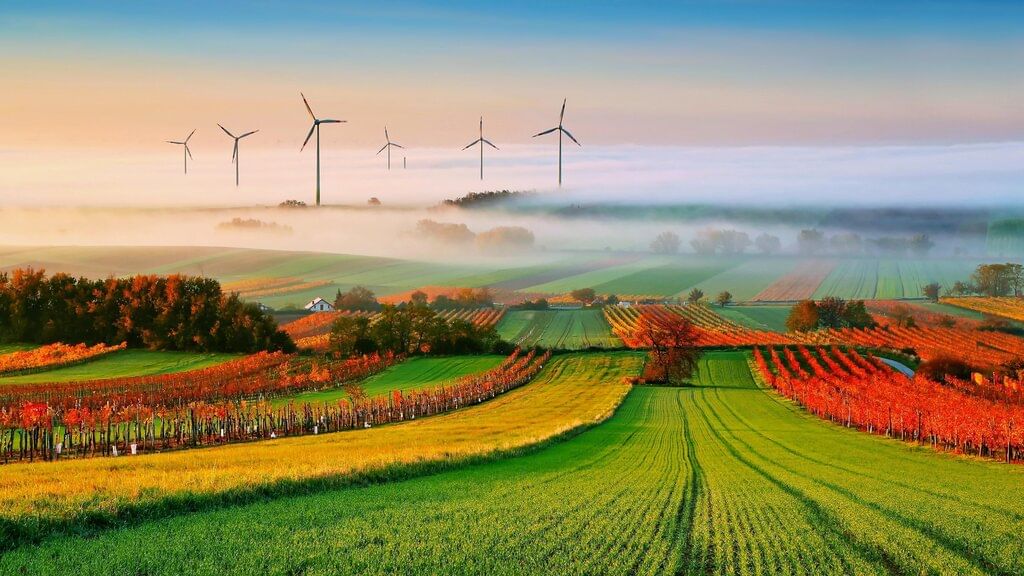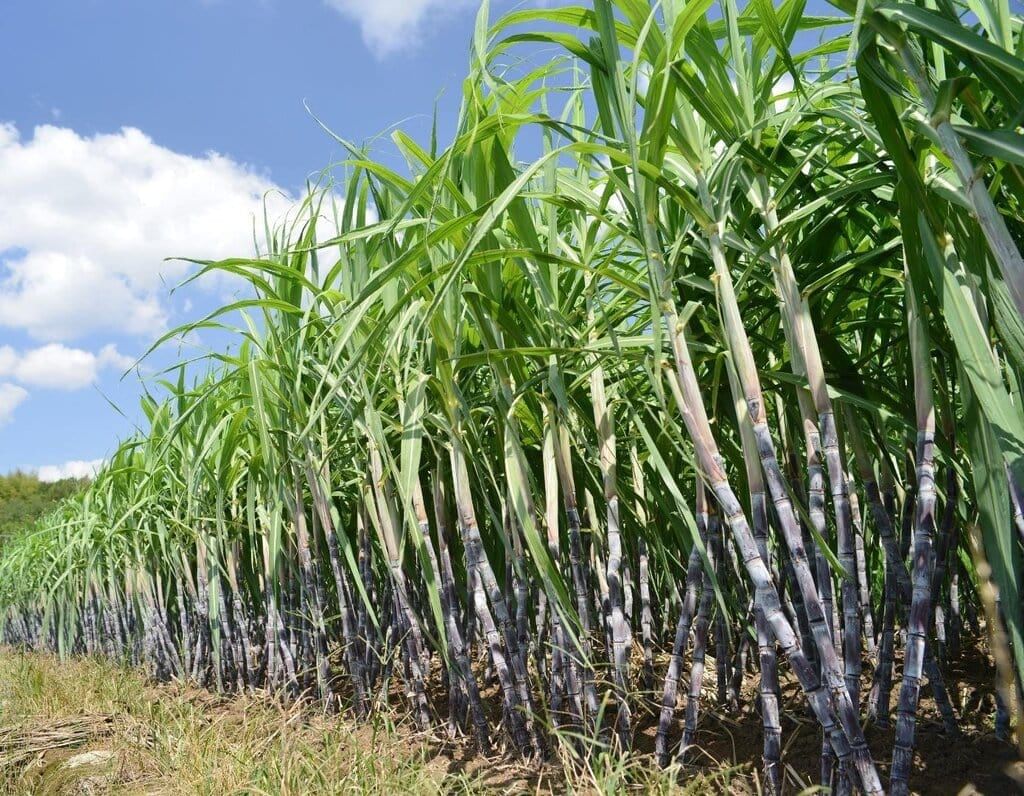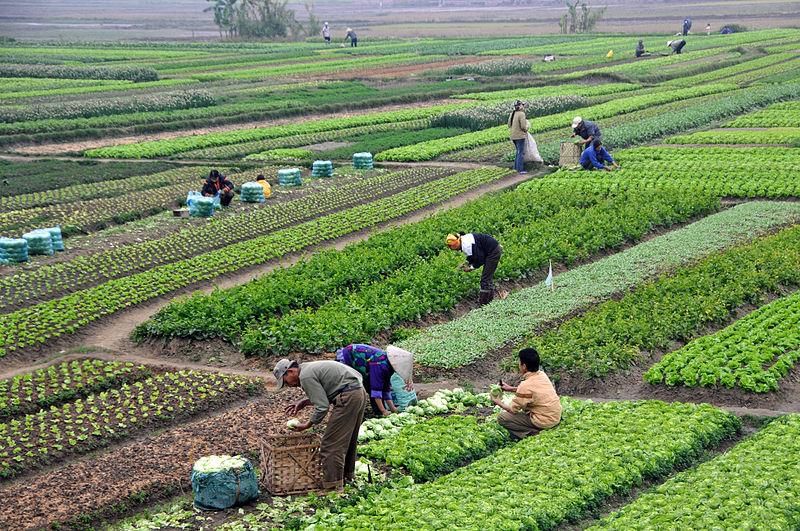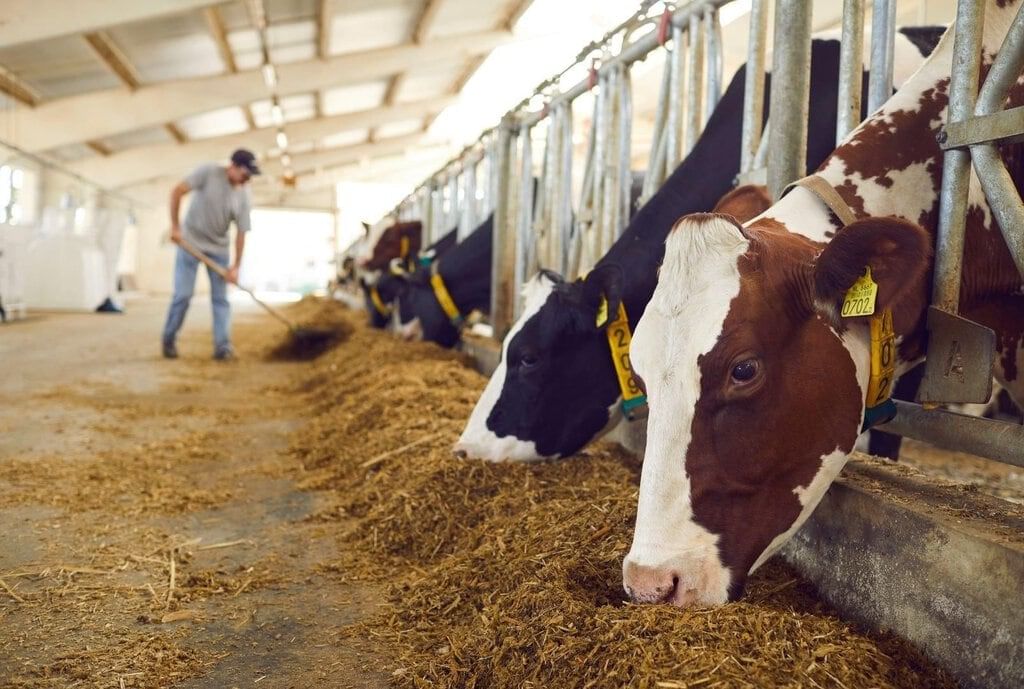Agriculture Chapter Notes | Social Studies Class 5 ICSE PDF Download
| Table of contents |

|
| Introduction |

|
| Agriculture in India |

|
| Cropping Seasons |

|
| Types of Crops |

|
| Development of Agriculture |

|
| Livestock Rearing |

|
| Points To Remember |

|
| Glossary |

|
Introduction
Agriculture is a very important activity in India because it is the main job for many people. It helps grow food for everyone and also provides things like cotton and jute to make clothes and other items. In this chapter, we will learn about how farming is done in India, the different types of crops, the seasons for growing them, and how farmers take care of animals. We will also see how farming has changed over time and what the government is doing to help farmers grow more crops and improve their lives.

Agriculture in India
- India is mainly a farming country.
- Two-thirds of people in India depend on agriculture for their living.
- Agriculture gives food to people and also provides materials like sugarcane, oil, and jute for industries.
- India has a good climate for growing many crops because of the right temperature, water, good soil, and lots of workers.
- Farmers in India grow many different types of crops.
Cropping Seasons
- India has three main cropping seasons: rabi, kharif, and zaid.
- Rabi crops are planted in winter and harvested in summer.
- Some important rabi crops are wheat, barley, peas, gram, and mustard.
- Kharif crops are planted during the rainy season and harvested between September and October.
- Important kharif crops are paddy, maize, jowar, bajra, cotton, jute, and groundnut.
- Zaid crops are grown in the summer months, between the rabi and kharif seasons.
- Some zaid crops include watermelon, muskmelon, and cucumber.
Types of Crops
Crops in India are of two types: food crops and cash crops.
Food Crops
- Food crops are grown for people to eat.
- Main food crops are rice, wheat, millets, and pulses.
 Rice
Rice
- Rice needs a hot and humid climate with lots of rainfall.
- Rice is grown in West Bengal, Bihar, Assam, Odisha, Andhra Pradesh, Tamil Nadu, Telangana, Uttar Pradesh, and Punjab.
- Rice is the main food in the eastern and southern parts of India.
Wheat
- Wheat is the second most important food crop in India.
- Wheat grows best in cool and dry conditions.
- Wheat is grown in Punjab, Haryana, Uttar Pradesh, Maharashtra, and Madhya Pradesh.
- Wheat is the main food in the northern part of India.
Millets
- Millets include jowar, bajra, and ragi.
- Millets grow well in dry areas with less rainfall.
- Millets are grown in Uttar Pradesh, Punjab, Haryana, Gujarat, Karnataka, Rajasthan, Andhra Pradesh, and Maharashtra.
Pulses
- Pulses include gram, beans, peas, moong, arhar, urad, and masoor.
- Pulses are grown all over India.
- Pulses are good for health because they are full of proteins.
Fun Fact
Agriculture is believed to have started about 10,000 years ago.
Cash Crops
- Cash crops are grown by farmers to sell in the market.
- Important cash crops in India are sugarcane, oilseeds, tea, coffee, jute, and cotton.
 Sugarcane
Sugarcane
- Sugarcane is an important cash crop used to make sugar and jaggery.
- India is the largest producer of sugarcane in the world.
- Sugarcane is grown in Uttar Pradesh, Maharashtra, Punjab, Bihar, Jharkhand, Andhra Pradesh, Telangana, Madhya Pradesh, Tamil Nadu, and Karnataka.
Oilseeds
- Oilseeds include mustard, groundnut, coconut, sunflower, and sesame.
- Oilseeds are used to extract oil for cooking food.
- Oilseeds are mostly grown in Punjab, Gujarat, Andhra Pradesh, Tamil Nadu, Kerala, and Karnataka.
Tea and Coffee
- Tea and coffee are important beverage crops.
- Tea needs a warm and wet climate to grow well.
- India is the second largest producer of tea in the world.
- Tea is grown in Assam, West Bengal, Tamil Nadu, Kerala, and Karnataka.
- Coffee is grown in Kerala, Karnataka, and Tamil Nadu.
Jute and Cotton
- Jute and cotton are the main fibre crops in India.
- Jute is used to make bags, rugs, ropes, and carpets.
- Jute is grown in West Bengal, Bihar, and Assam.
- Cotton is used to make cloth.
- Cotton is grown in Gujarat, Punjab, Madhya Pradesh, Maharashtra, Andhra Pradesh, Telangana, and Tamil Nadu.
Spices
- Spices include pepper, chillies, cloves, saffron, cardamom, fenugreek, cumin seeds, nutmeg, and cinnamon.
- Spices have medical values and are used to add taste to food.
- Spices are mostly grown in Kerala and Karnataka.
- Kerala is the largest producer of spices in India.
Fun Fact
- India is called the 'Land of Spices' because no other country grows as many types of spices as India.
- Cotton is the world's oldest known fibre, dating back 7000 years ago.
Development of Agriculture

- In old times, farmers used animals and simple tools like ploughs, sickles, and spades for farming.
- In the past, irrigation was done manually.
- Many changes have happened in farming over time.
- Now, farmers use modern machines like tractors for farming.
- Since India became independent, farming has improved a lot.
- The government has taken many steps to help farmers and improve farming.
- Steps taken by the government include:
- Teaching farmers about the benefits of using better quality seeds, pesticides, and fertilizers.
- Giving farmers high-quality seeds when needed.
- Providing loans to farmers so they can buy tractors and modern farming equipment.
- Building multi-purpose projects to supply water for irrigation.
- These steps have helped farmers increase their crop production while keeping the quality good.
Difference between Old and New Methods of Farming
- Old Method:
- Used traditional and old equipment.
- Farming was done in smaller areas because many people were needed to grow crops.
- Used tanks, ponds, and wells to irrigate the fields.
- Used manure as fertilizer.
- Produced less yield.
- New Method:
- Uses modern equipment.
- Farming is done on a large scale using machines.
- Uses sprinkler and drip systems to irrigate the fields.
- Uses better fertilizers and pesticides.
- Produces more yield.
Livestock Rearing

- Animals that are raised in farms for milk, meat, or to help in farming are called livestock.
- Raising and looking after these animals is called livestock rearing.
- Livestock rearing is a very important part of farming in India.
- Important livestock animals in India are cows, buffaloes, goats, oxen, camels, sheep, horses, donkeys, mules, and dogs.
- These animals are useful in many different ways.
- Cattle give us milk, and milk products like curd, cheese, and butter are important foods.
- India is one of the largest producers of milk in the world.
- Bulls and oxen are used to plough fields.
- Oxen, horses, and camels are used to pull carts to carry goods.
- Sheep provide wool to make clothes.
- Animal waste is used as manure for the land.
- Farm waste is used as fodder to feed the animals.
- Poultry farming is done on a large scale in India.
- Poultry farming involves raising hens, ducks, and geese for eggs and meat.
- Many farmers in India do both livestock rearing and farming together, which helps the country progress.
Points To Remember
- Agriculture is the main job in India with three cropping seasons: rabi, kharif, and zaid.
- Crops in India are of two types: food crops and cash crops.
- Rice and wheat are two important food crops of India.
- Tea, coffee, sugarcane, jute, and cotton are important cash crops of India.
- Modern machines are used by farmers these days.
- The government of India has taken many steps to develop agriculture and help farmers.
- Livestock rearing is an important part of farming in India.
Glossary
- Agriculture: The activity of growing crops for food or other uses.
- Consumption: The act of using, eating, or drinking something.
- Staple: The main or basic food.
- Beverage: A drink other than water.
- Irrigation: The supply of water to land to help crops grow.
|
88 docs|20 tests
|
FAQs on Agriculture Chapter Notes - Social Studies Class 5 ICSE
| 1. What are the main cropping seasons in India? |  |
| 2. What are the different types of crops grown in India? |  |
| 3. How has agriculture developed in India over the years? |  |
| 4. What is the difference between old and new methods of farming? |  |
| 5. Why is livestock rearing important in Indian agriculture? |  |















